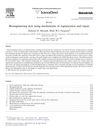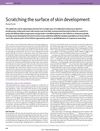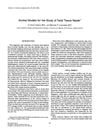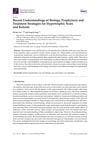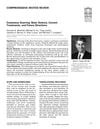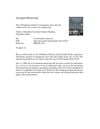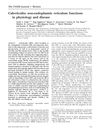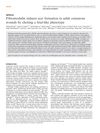New Potential Antiscarring Approaches
July 2011
in “
Wound Repair and Regeneration
”
Avotermin anti-TGF-ß multifactor therapies wound-healing process Fetal Seed and Soil Theory regenerative cells stem cells regeneration-permissive environment fetal scarless wound healing antiangiogenesis hypertrophic scarring gene therapy laser therapy photodynamic therapy tissue remodeling anti-TGF-beta scarless wound healing scar reduction laser treatment light therapy scar tissue reorganization
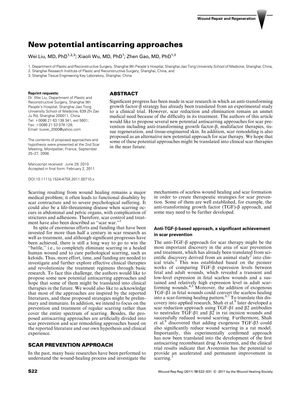
TLDR New antiscarring strategies show promise, including drugs, stem cells, and improved surgical techniques.
The document from July 27, 2011, explores various new potential antiscarring approaches to address the challenge of scar prevention and treatment. It highlights the development of Avotermin, an anti-TGF-ß drug showing promise in clinical trials, and suggests multifactor therapies targeting multiple aspects of the wound-healing process. The authors propose the "Fetal Seed and Soil Theory," which posits that adult wound healing could be improved by combining regenerative cells (like stem cells) with a regeneration-permissive environment, similar to fetal scarless wound healing. Additionally, the document discusses the potential of antiangiogenesis to prevent hypertrophic scarring, referencing studies where interventions like gene therapy, laser therapy, and photodynamic therapy have shown efficacy in reducing scarring in animal models. However, it warns against excessive antiangiogenesis that could impair wound healing. The document also mentions the importance of surgical technique and tension reduction, and introduces the concept of tissue remodeling as a means to reorganize scar tissue. It concludes that while scar treatment is complex, advancements in biotechnology and biological science offer new theoretically possible and technically feasible antiscarring strategies.
